

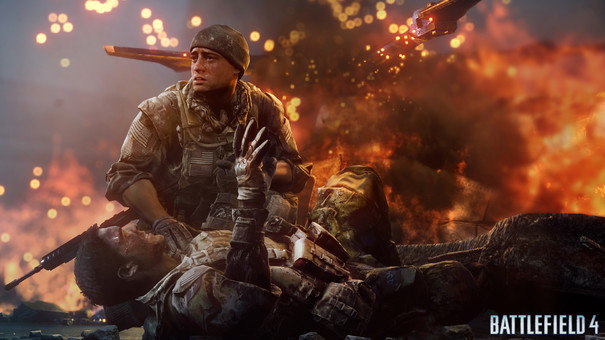
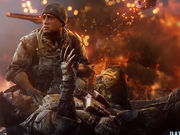
Michel Ancel isn't in the race for photorealism. As is obvious from his games - the Rayman series, Beyond Good and Evil - that particular promised land is for developers like Crytek and Epic, salivating at the next-gen tech's ability to make things look more 'realistic'. While others are getting excited about making space marines look shinier, guns look gun-ier, and dogs look, well, like dogs, Ancel and his team are more bothered about the social aspect of next-generation.
"I think the big thing is the social [element]. We have seen on Miiverse on Wii U, it's crazy how many people are sharing what they're doing in the games." Ancel told me at a recent Rayman Legends event. "We must have something like 48,000 people in the community, which is one of the five biggest communities on Wii U, but it's just a small part of the game, and people are sharing everything: what they're doing, the funny things they see."
In fairness, Ancel has no need for photorealism. His games are more about interesting art direction than straight-up realism. It's the reason why his previous efforts still look OK, or even good, and other titles - those with an eye on replicating real-life - from past generations look like six squares taped together.
So simply making everything more shiny isn't his priority. And, for me, the next round of consoles also isn't about playing better-looking versions of what we've already got. Despite the fact that I'm looking forward to playing Call of Duty 16, and Battlefield 12 , I'm hoping that the next generation of gaming will enable players to look beyond the typical man-shoot, space marine vibe that's dominated the most popular games of this generation.
Now, I know asking for that seems as likely as me landing on the sun in my homemade spacecraft made out of Fairy Liquid bottles, but still. The photorealism arms race is nowhere near being won, and although we need people to push the boundaries of what's possible from a technical point of view, we also need developers to try different art styles and directions.
The phrase 'good graphics' has generally always been used to mean a game looks realistic. There are notable exceptions - Okami, Rayman itself - but for an industry so tied to technological advance, it's natural that players will be drawn to games that attempt to replicate what we see all around us.
Which is fine - when I saw the reveal trailer for The Division, I was impressed by how well-realised the world was. But it's not enough to just look good anymore, and developers seem to be realising that. Social infrastructures are the key to the next-gen, for Ancel and many others. Rayman is already built on them (four player co-op, plus Wii U GamePad support) but it's the broader possibilities of the next generation's connected infrastructure that excite Ancel and co: not least because it enables players to find things in the game they might not otherwise.
"The new consoles, like the PS4, really allow you to share things, and especially in [Rayman] there is a lot of special moves we've been hiding, and it's really funny to see people [discovering them]. So people are going to share a lot of tricks and a lot of things they've found. We've left a lot of unexplained things in the game."
That Ancel (and his lead game designer on Legends, Emile Morel) like the look of PS4 isn't really surprising. The ability for Sony's new box to let players jump into each others games or offer tips seems to be an extension of what the Wii U is offering at the moment. What could come as a surprise is his attitude to the Xbox One's online policies.
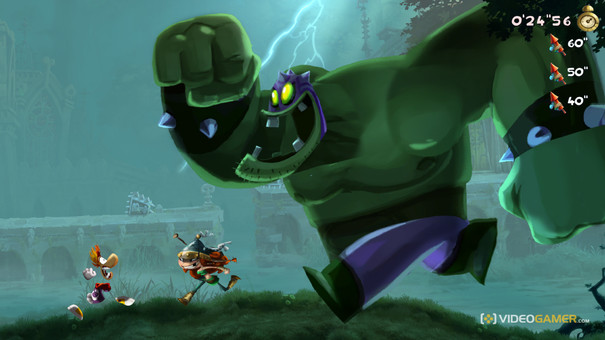
"I think Microsoft maybe tried to move a bit too fast. They are going in the right direction but a bit too fast. You need to bring people with your ideas, to make them understand" Ancel told me. "They can't understand everything if you don't let them experience things themselves. The [best way] is to say, 'You want something and I allow you to have that thing. 'Here it was more like, 'I know what you want and I'm going to force you to like that thing.'
"People are not going to like that way, especially the gamers...I'm not sure [Microsoft] were making people want to see those things. But maybe they are right with the fact that this is the future and this is going to be very good."
Which is a pretty political way of saying that people absolutely hated the way that Microsoft seemed to be going about its business. Which is fair - MS wasn't exactly clear in its marketing, and made a hash out of the whole thing.
Could it have been a disaster? Maybe. Would it definitely have been? No. But Ancel's comments about Microsoft's approach potentially being the correct way makes me wish that the firm had gone ahead with it: if only so that the two boxes we had in the next-generation were different from one another. Again, it's essentially about the fact that I want different experiences next generation, not just fancier graphics.
We're entering a generation where access to a whole wealth of different titles, from big-budget to indie, is easily available to players. What's going to differentiate the two consoles we'll have from one another? Kinect etc.? Probably not. As ever it'll be the games, and I don't think shiny man-shooter is going to be enough to keep people interested. It may well be, as Ancel states, the social connections that excite, as well as titles that move away from the 'triple-A' norm. I hope so.
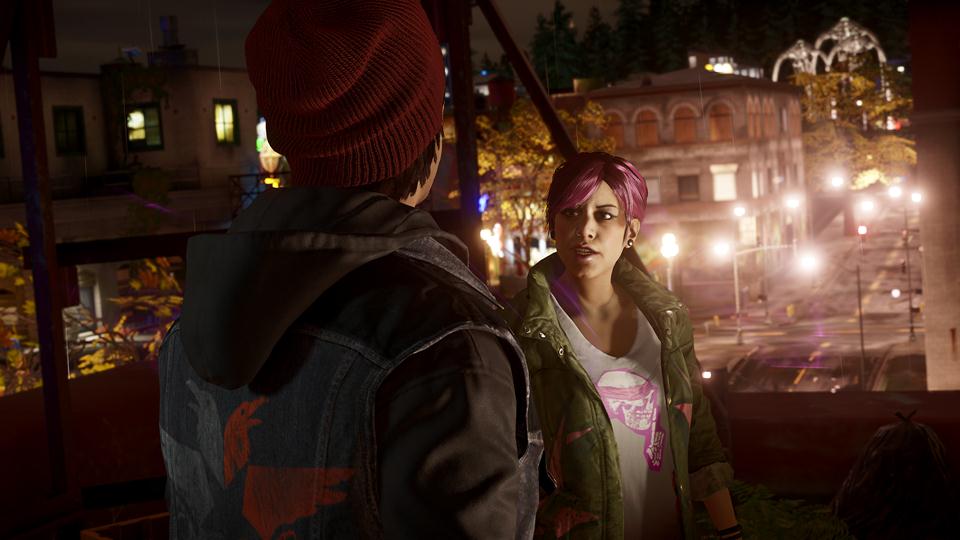
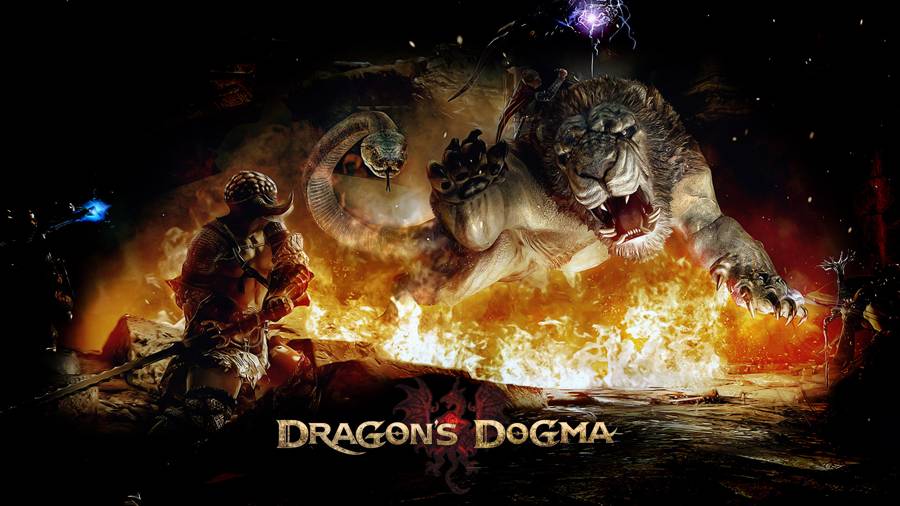
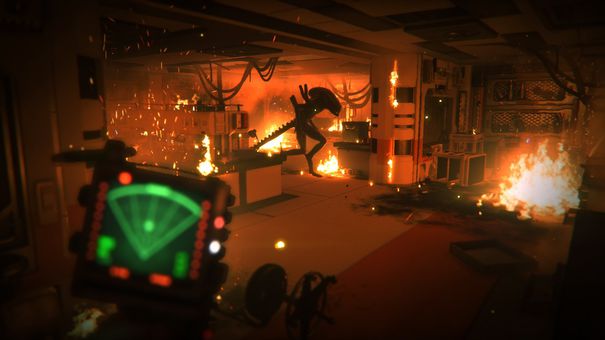
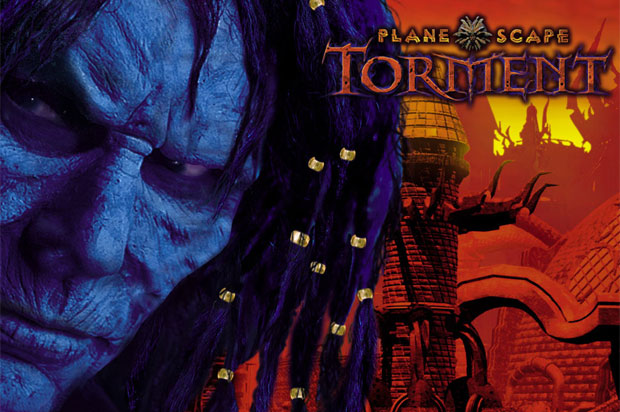
 Full Mojo Rampage A must try
Full Mojo Rampage A must try Why is Gran Turismo 6 skipping PS4s launch?
Why is Gran Turismo 6 skipping PS4s launch?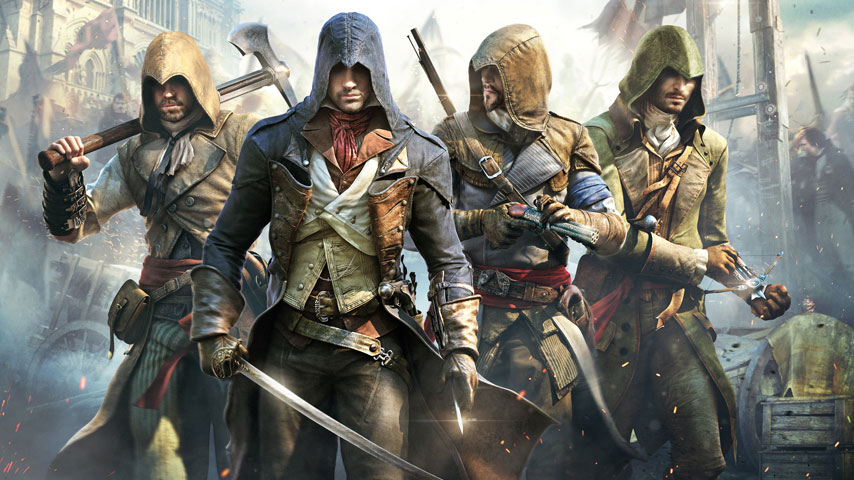 Assassin’s Creed: Unity guide – Sequence 11 Memory 2: Rise of the Assassin – La Touche
Assassin’s Creed: Unity guide – Sequence 11 Memory 2: Rise of the Assassin – La Touche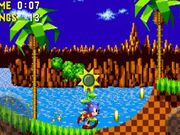 Sonic and Me
Sonic and Me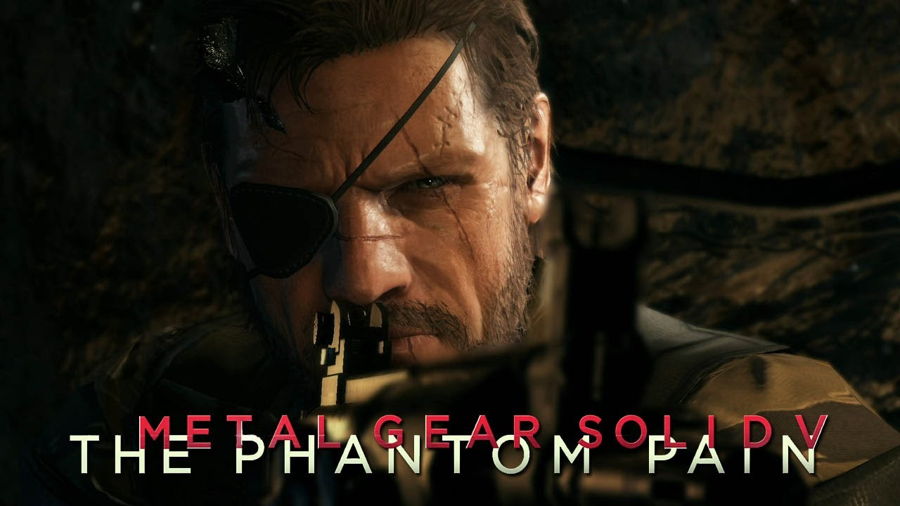 Metal Gear Solid 5 The Phantom Pain Guide: Important Side Ops Guide
Metal Gear Solid 5 The Phantom Pain Guide: Important Side Ops Guide